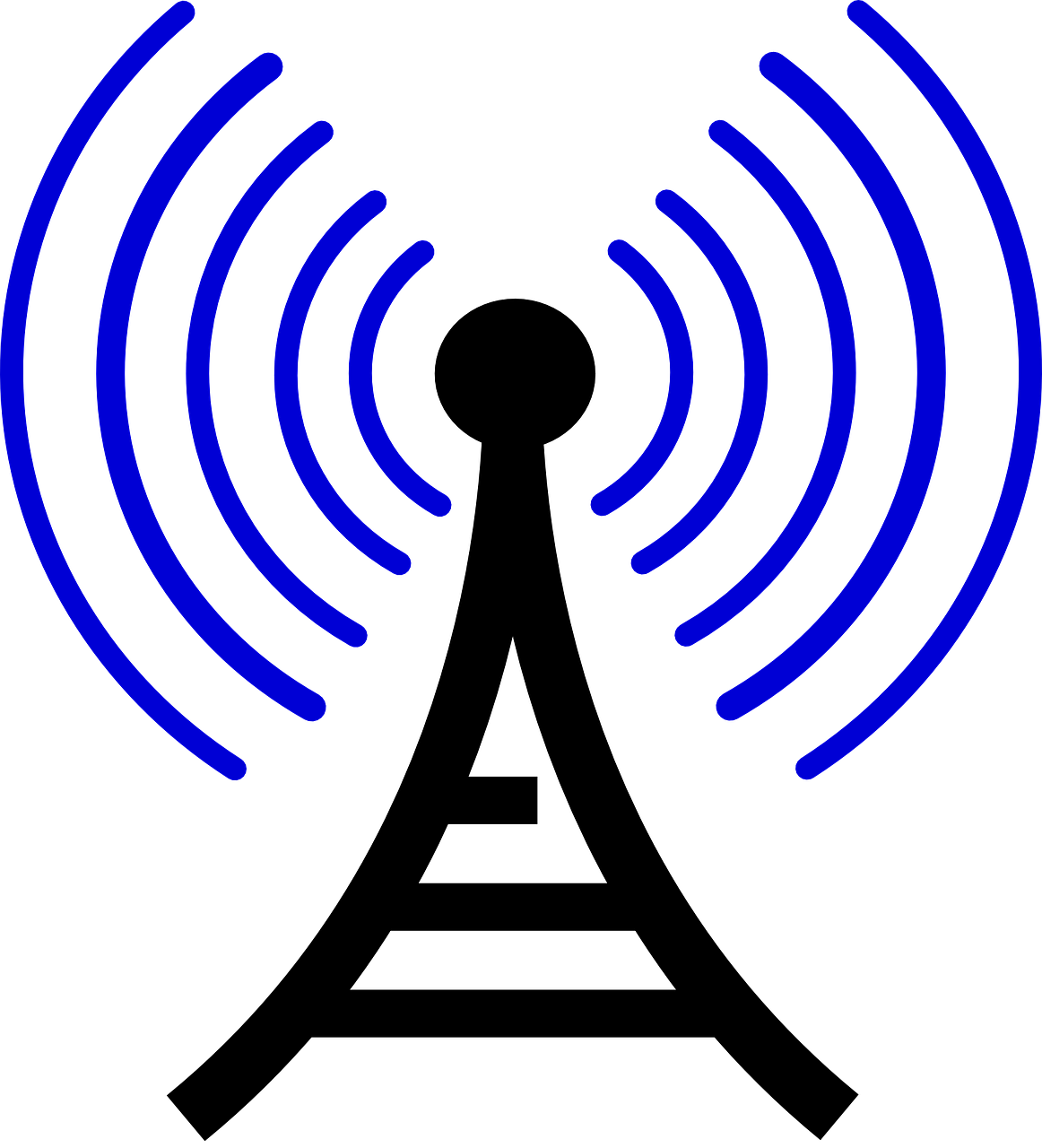Radio & News: Time to Split up?

by Jack Lueddeke
In the digital age people can read or watch the news wherever they are and whenever they want with smartphones; but radio is a tried and true medium for getting important stories out to the masses.
NPR’s radio story, “Phoenix Tries to Reverse Its ‘Silent Storm’ of Heat Deaths,” is an excellent piece of radio reporting. Right away the speaker starts with the throwaway line: “Over the past week, heat waves have broken records around the world, and in some places they have been deadly; in fact, heat kills more people than all other extreme weather events.” (NPR 2019) The throwaway line grabs the listener’s attention and draws him/her into the story, which is about the heat waves in Phoenix. In a story from StateImpact Pennsylvania, the throwaway line has nothing to do with the story about an industrial plant polluting, “Some of the wildflowers in the overgrown field reach Mike Campbell’s head,” (Mahon 2019) but it still serves the purpose of grabbing the audience’s attention.
Both stories still make use of an inverted pyramid scheme to disseminate information. At the beginning of each story they use a throwaway line that tells the reader exactly what they are going to hear about, and its often the main point of the story. NPR’s throwaway line is better than the StateImpact one because it gets the listener’s attention, but also gets the most important information out there about heat waves. In NPR’s story the information following the throwaway is important in that it adds color and makes it more personal by telling the story of Joey Azuela.
The NPR story on heat waves introduces a sound bite within the first minute of going on air. It was a clip of Joey Azuela saying how it felt to have heat stroke. The radio reporter introduces the bite well by saying “Joey Azuela remembers it well,” (NPR 2019) as to let the listeners know who is about to speak. This sound bite makes listener’s feel bad for Joey and Joey helps the listeners understand the dangers of intense heat.
But are a lot of people still listening to radio? Despite the commonplace idea that “video killed the radio star,” (Buggles 1979) radio is still quite popular. Forbes Magazine has an article that examines how many people still listen to the radio and when they do. During the rush hours the number of people tuning in is much higher because all cars have radios and radio is “a format that is easy to access and understand.” (McIntyre 2015) With great stories such as NPR’s heatwave story, radio is still a reliable and effective way to inform the public; since the 1920s when the first newspapers started broadcasting radio is still around and it doesn’t seem like it’s going to go anywhere.
Sources:
“Buggles – Video Killed the Radio Star.” Genius, 7 Sept. 1979. Accessed October 9, 2019.
Mahon, Ed. 2019. An Erie biology professor felt like he couldn’t control what’s happening in Washington. Then he led a campaign against a polluting coke plant in his community. Web. Accessed October 9, 2019
McIntyre, Hugh. 2015. No, Radio Isn’t Dead — In Fact, It’s Doing Better Than Ever. Forbes. Web. Accessed October 9, 2019
NPR. 2018. Phoenix Tries To Reverse Its ‘Silent Storm’ Of Heat Deaths. Web. Accessed October 9, 2019